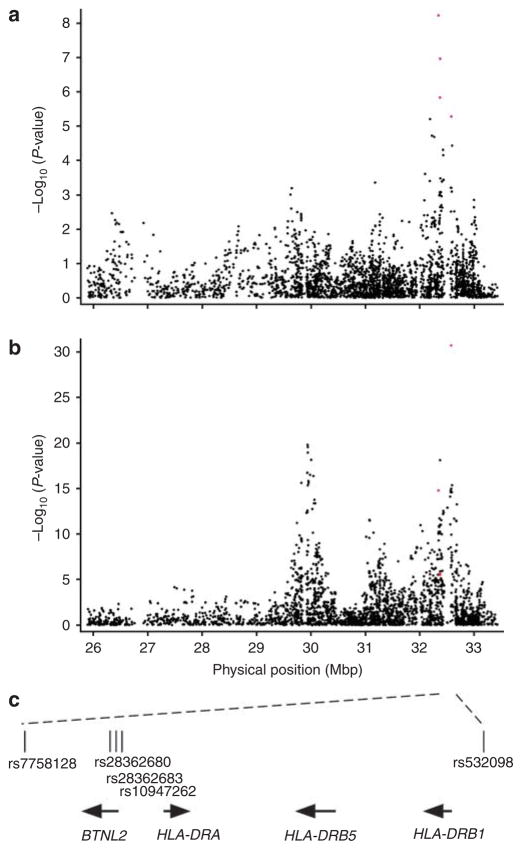Figure 2. Major histocompatibility complex association results from genome-wide analyses of generalized vitiligo age of onset and susceptibility.
(a) Results of association analyses of the 3,400 (black dots) MHC region (chromosome 6: 25.9–33.4 Mb, genome build GRCh37) single-nucleotide polymorphisms (SNPs) with generalized vitiligo age of onset in 1,339 unrelated patients. The five top-ranked SNPs genome-wide are represented by red dots (dots representing rs28362680 and rs10947262 are too close to resolve). (b) Results of association analyses of the 3,400 (black dots) MHC region SNPs with generalized vitiligo susceptibility in 1,392 unrelated patients versus 2,629 unrelated controls (Jin et al., 2010a) using Cochran–Armitage trend tests implemented in PLINK (Purcell et al., 2007). The five top-ranked SNPs from the age of onset analysis are represented by red dots (dots representing rs28362680, rs28362683, and rs10947262 are too close to resolve). (c) A genomic map of the five top-ranked age-of-onsetassociated SNPs genome-wide. The arrows indicate gene orientations.

